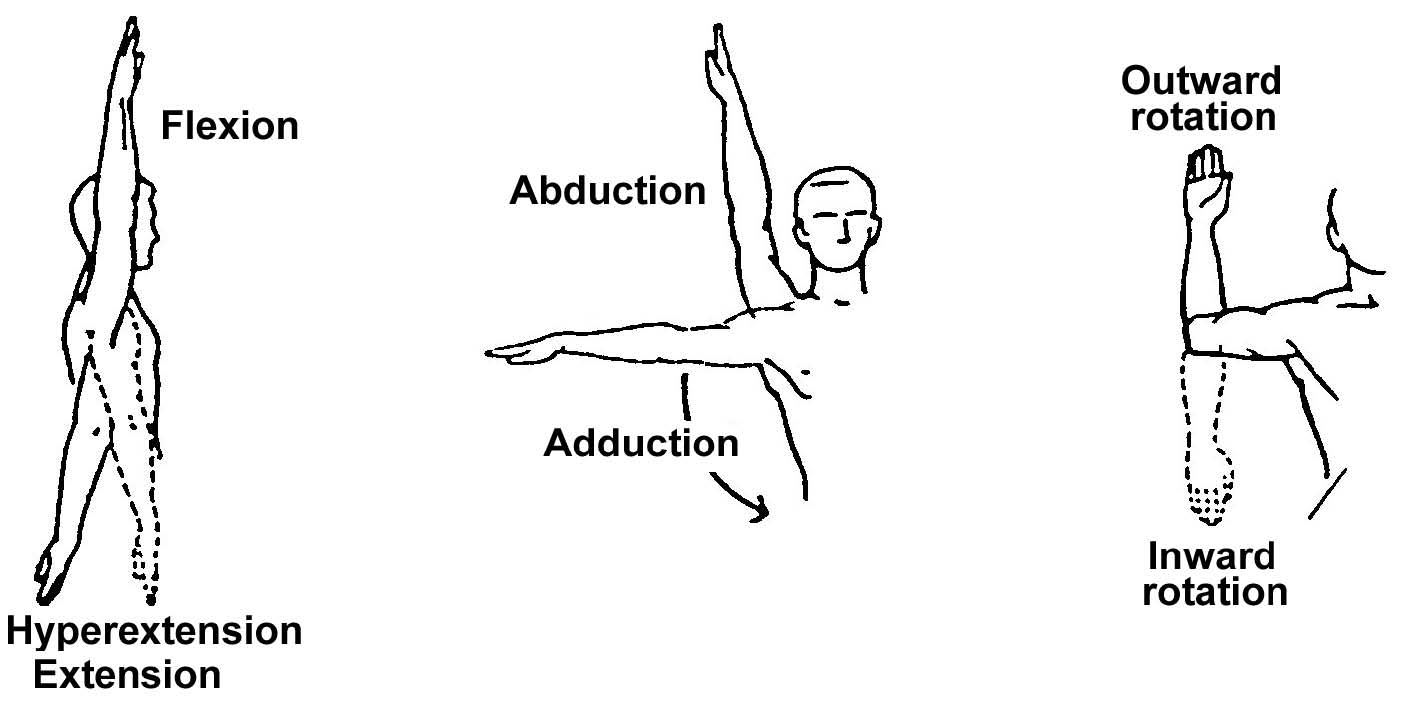Following AZOPT's Client Through Total Shoulder Replacement Surgery - Entry #1
January 16, 2013
 |
| The Core Institute |
But what happens when the pain is so bad that the simplest daily activities cause the most severe pain? What happens when you can’t even wash your own back, or worse, clean up after using the toilet? This was the life of AZOPT client, Mr. A. Mr. A was faced with a choice – live with a shoulder overloaded with arthritis that caused pain in every movement or have total shoulder replacement surgery.
This blog series, which we will update every 2 to 4 weeks, will follow Mr. A through his rehabilitation from total shoulder arthroplasty (TSA) of his left arm, and provide an accurate account of Mr. A's experiences. Interestingly, Mr. A came to Arizona Orthopedic Physical Therapy following TSA of his right shoulder. A natural left hander, Mr. A decided after successful rehab on his right shoulder to move forward with TSA of his left shoulder. His knowledge and experiences after having TSA on one shoulder will give us more perspective as he rehabs the other shoulder.
-------------------------------------------------------
Surgery is always a last option, only to be considered after non-surgical treatments such as physical therapy and activity modification fail to provide sufficient relief. The clear path for Mr. A was TSA on his right shoulder in April, 2012. After at least ten years of worsening pain forced him to need help getting up and down out of bed and in and out of a chair, the ‘straw that broke the camel’s back’ was during a theatre production of Smokey Joe’s Café. Extensive choreography required the actors to raise their arms above their heads during various scenes. Mr. A was already limited driving his car and helping his wife around the house with cleaning and heavy lifting, but now he was being scolded by the director for not performing the choreography accurately, a move that Mr. A could not physically accomplish.
Mr A, 73 years young, was an active young man. He is a retired auto worker who used to lift weights, golf, and swim. In his own words, “I am not a sit around type of guy, but my shoulders have forced me into this kind of lifestyle.” His main goal through both surgeries is to eliminate pain and increase his range of motion and functional strength allowing him to return to all activities without restrictions. Prior to his first surgery, he had full functional use of his shoulder, but did have decreased range of motion, decreased strength, and increased pain with activity.
According to The Core Institute, “shoulder replacement surgery essentially involves replacement of the worn out joint surfaces. There are several shoulder replacement implant types which are designed to address different patient needs, anatomy, and arthritis type. Also, there are a myriad of factors that your surgeon will weigh in order to select the correct type of replacement which is best for your shoulder. What works well for one patient may not be the best choice for your shoulder.” (The Core Institute. Total Shoulder Replacement Surgery. Retrieved from http://www.thecoreinstitute.com/total-shoulder-replacement-surgery.html).
AZOPT did not begin working with Mr. A until after his right shoulder TSA. Therefore, we can only provide pre-surgery measurements of his left shoulder and post-surgery measurements of his right shoulder. Mr. A first arrived at AZOPT May 10, 2012, following his first surgery April 26, 2012.
His range of motion measurements were as follows:
Left
|
Right
|
|
Flexion
|
150°
|
60° with pain
|
Abduction
|
111°
|
|
External Rotation
|
72°
|
|
Internal Rotation
|
60°
|
After 5 months (or 59 visits) of physical therapy, Mr. A’s range of motion measurements were as follows:
Left
|
Right
|
|
Flexion
|
150°
|
142°
|
Abduction
|
111°
|
120°
|
External Rotation
|
72°
|
73°
|
Internal Rotation
|
60°
|
65°
|
 |
| http://www.nursing411.com |
On September 28, 2012, Mr. A was discharged, knowing he would be having TSRS on his left shoulder, and would be back in physical therapy to rehabilitate both shoulders following surgery. Prior to his second surgery, Mr. A stated his left shoulder currently had pain levels at a 7 out of 10, with 0 being no pain and 10 being the highest amount of pain. He felt his right shoulder was approximately 80% rehabilitated. His sleep patterns cause him the most pain, as he changes sides constantly throughout his sleep, waking up two to three times each night.
Mr. A had TSA surgery on his left shoulder on Thursday, January 10. Surgery was done by Dr. Jason Scalise, from The Core Institute. AZOPT Physical Therapist Doug Lehman, PT, who will be Mr. A’s therapist, watched the entire surgery over the shoulder of Dr. Scalise. Check out the next entry, which will discuss the surgery, the immediate care following the surgery, and the rehabilitation plan moving forward.
We would like to hear from you:
- What would you like to know about this procedure and the rehabilitation process?
- Which of your daily activities are you experiencing pain?
- How is pain affecting what you would like to accomplish in your day?

I agree that shoulder is much important for even routine works. Surgical treatments may lead the patients to more complexities and after effects of treatment so patients need to get it as last option.
ReplyDeletephysical therapy center